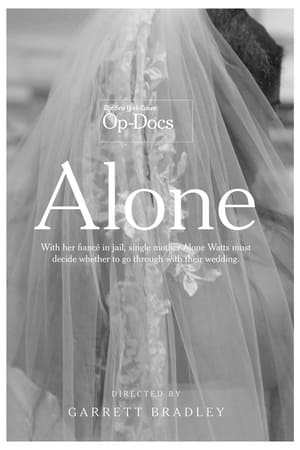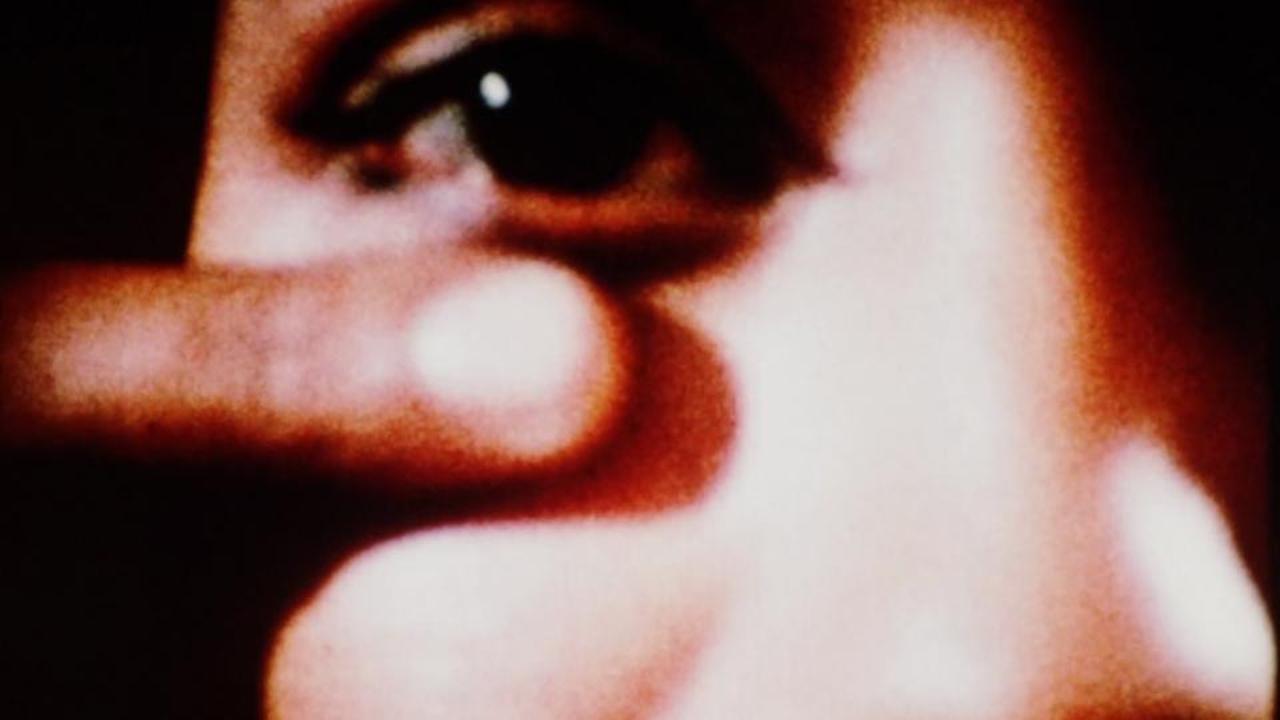
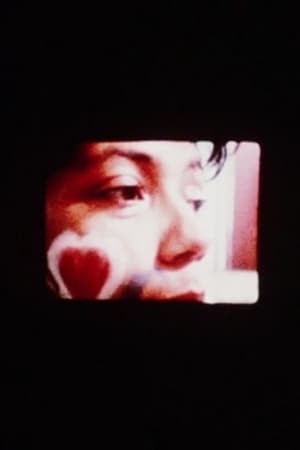
C-Film(1970)
Two women in a living room: smoking, playing cards, listening to the radio. As often in Dwoskin’s films, the use of masks, make-up and costumes allows the characters to playfully transform themselves. Shot in colour film, C-film exuberates swinging London energy. In the second part of the film, the women appear to be watching the rushes of the film on an editing table. ”We are making a movie” we hear them say. As Dwoskin points out, “C-film asks how much is acting acted”, an ongoing question in Dwoskin’s cinema. Produced by Alan Power, with Esther Anderson & Sally Geeson.
Movie: C-Film

C-Film
HomePage
Overview
Two women in a living room: smoking, playing cards, listening to the radio. As often in Dwoskin’s films, the use of masks, make-up and costumes allows the characters to playfully transform themselves. Shot in colour film, C-film exuberates swinging London energy. In the second part of the film, the women appear to be watching the rushes of the film on an editing table. ”We are making a movie” we hear them say. As Dwoskin points out, “C-film asks how much is acting acted”, an ongoing question in Dwoskin’s cinema. Produced by Alan Power, with Esther Anderson & Sally Geeson.
Release Date
1970-01-01
Average
6.5
Rating:
3.3 startsTagline
Genres
Languages:
EnglishKeywords
Recommendations Movies
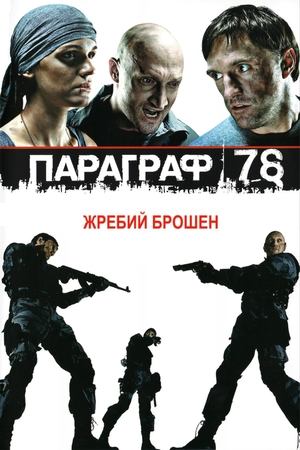 5.1
5.1Paragraph 78: Film One(ru)
The peoples of the world has finally managed to agree on the most important issues on the planet and there was long overdue balance. Signed an agreement to terminate development of weapons of mass destruction, but in secret all the superpowers continue to build up military power on classified sites, which seemed never existed. Goodwin, a former commander of special forces, is tasked to collect his former people responsible for the mission. Something very serious has happened to the base where secretly working to develop a new combat the virus, and more recent cohorts, who have almost nothing left in common, have come together again...
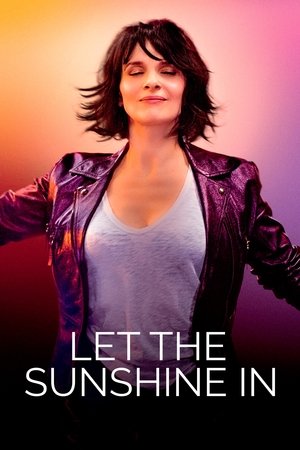 5.2
5.2Let the Sunshine In(fr)
Isabelle, Parisian artist, divorced mother, is looking for love, true love, at last.
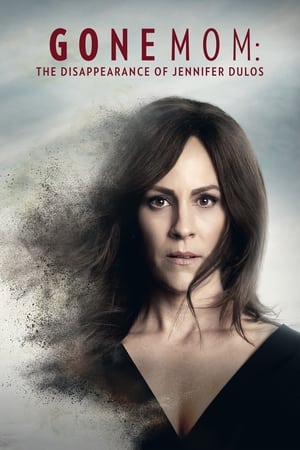 7.8
7.8Gone Mom: The Disappearance of Jennifer Dulos(en)
Jennifer Dulos, the wealthy, Connecticut mother-of-five who mysteriously vanished.
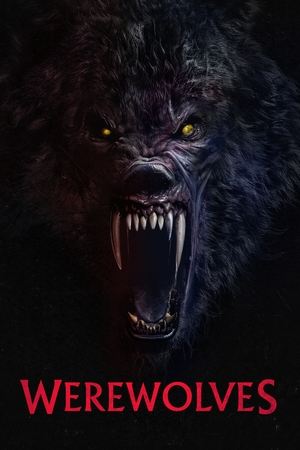 6.1
6.1Werewolves(en)
A year after a supermoon’s light activated a dormant gene, transforming humans into bloodthirsty werewolves and causing nearly a billion deaths, the nightmare resurfaces as the supermoon rises again. Two scientists attempt to stop the mutation but fail and must now struggle to reach one of their family homes.
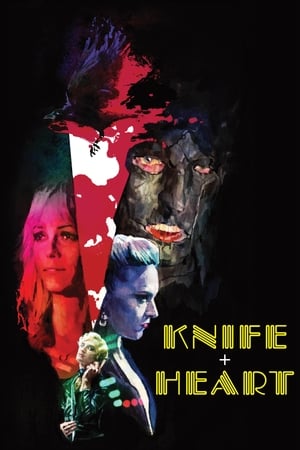 5.9
5.9Knife+Heart(fr)
In the summer of 1979, gay porn producer Anne sets out to film her most ambitious film yet, but her actors are picked off, one by one, by a mysterious killer.
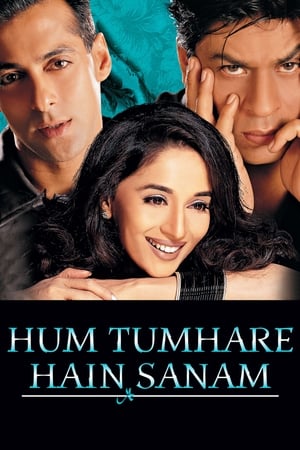 5.5
5.5Hum Tumhare Hain Sanam(hi)
Radha and Suraj have been friends since childhood. Gopal has been in love with Radha ever since they spent a few years together as kids. Years later, Gopal's guardian proposes to Radha a marriage with Gopal, and she accepts.
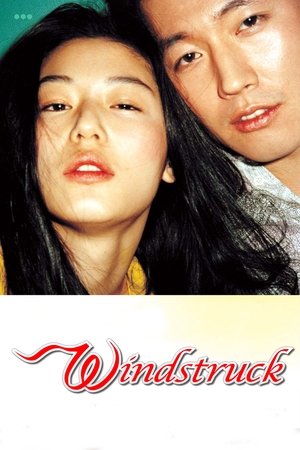 7.2
7.2Windstruck(ko)
Kyung-jin, a police officer who finds herself chasing down a suspected bag-snatcher on her day off. However, the man she catches turns out to be Myungwoo, a passer-by who was himself trying to apprehend the real criminal.
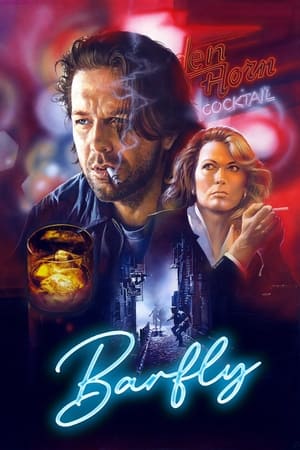 6.8
6.8Barfly(en)
Downtrodden writer Henry and distressed goddess Wanda aren't exactly husband and wife: they're wedded to their bar stools. But, they like each other's company—and Barfly captures their giddy, gin-soaked attempts to make a go of life on the skids.
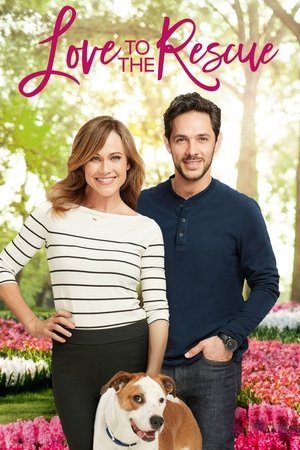 7.0
7.0Love to the Rescue(en)
Two single parents come head to head when their kids want to adopt the same dog. Agreeing to co-foster, free-spirited Kate and type-A Eric must work together to find the dog's forever home.
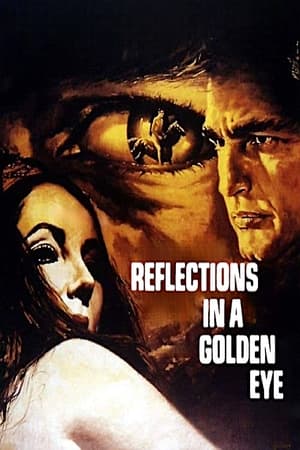 6.5
6.5Reflections in a Golden Eye(en)
Bizarre tale of sex, betrayal, and perversion at a military post.
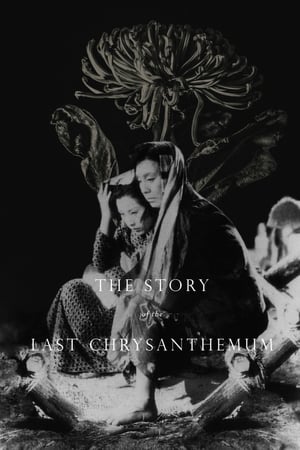 7.9
7.9The Story of the Last Chrysanthemum(ja)
In late 19th century Tokyo, Kikunosuke Onoue, the adopted son of a legendary actor, himself an actor specializing in female roles, discovers that he is only praised for his acting due to his status as his father's heir. Devastated by this, he turns to Otoku, a servant of his family, for comfort, and they fall in love. Kikunosuke becomes determined to leave home and develop as an actor on his own merits, and Otoku faithfully follows him.
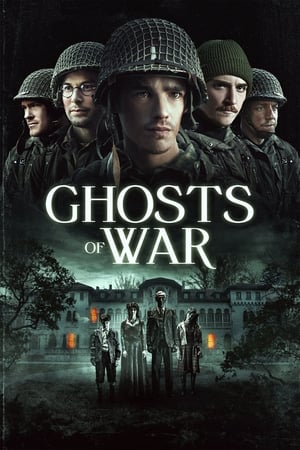 6.2
6.2Ghosts of War(en)
A group of World War II American soldiers encounter a supernatural enemy as they occupy a French castle previously under Nazi control.
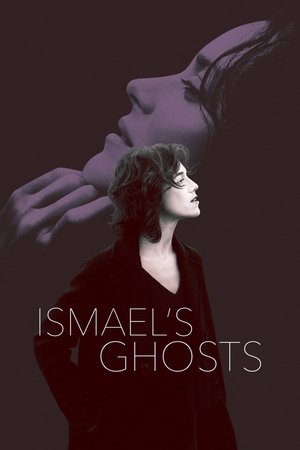 5.6
5.6Ismael's Ghosts(fr)
Just as the disheveled and alcoholic filmmaker Ismaël embarks on a difficult new film project, his life is sent into a tailspin. His wife Carlotta, presumed dead for 20 years, come crashing back into his life creating chaos in his work and his current romantic relationship with the starry-eyed astronomer Sylvia.
 4.4
4.4Piranha II: The Spawning(en)
A scuba diving instructor, her biochemist boyfriend, and her police chief ex-husband try to link a series of bizarre deaths to a mutant strain of piranha fish whose lair is a sunken freighter ship off a Caribbean island resort.
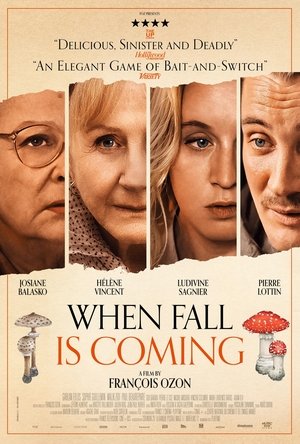 6.5
6.5When Fall Is Coming(fr)
Michelle is enjoying a peaceful retirement in a Burgundy village, close to her longtime friend Marie-Claude. When her Parisian daughter Valérie drops off her son Lucas to spend school vacation with his grandma, Michelle, stressed out by her daughter, serves her toxic mushrooms for lunch. Valérie quickly recovers, but forbids her mother from seeing her grandson anymore. Feeling lonely and guilty, Michelle falls into a depression... until Marie-Claude's son gets out of prison.
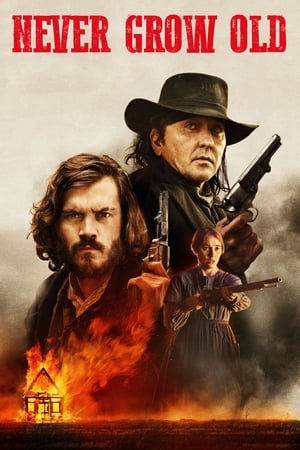 6.0
6.0Never Grow Old(en)
An Irish undertaker profits when outlaws take over a peaceful town, but his own family come under threat as the death toll increases dramatically.
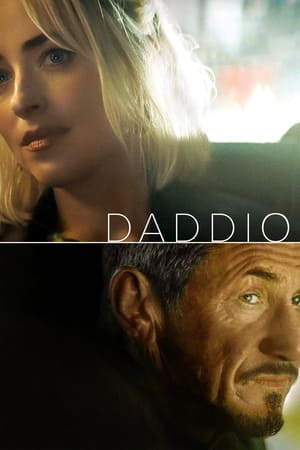 6.3
6.3Daddio(en)
A woman taking a cab ride from JFK airport engages in a conversation with the driver about the important relationships in their lives.
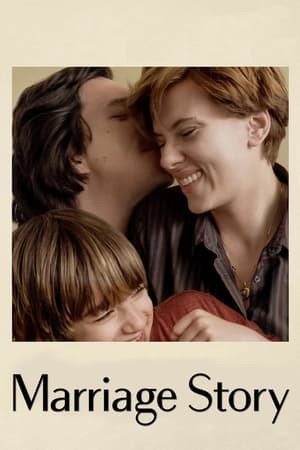 7.7
7.7Marriage Story(en)
A stage director and an actress struggle through a grueling, coast-to-coast divorce that pushes them to their personal extremes.
Similar Movies
 4.9
4.9Visions of Europe(en)
Twenty-five films from twenty-five European countries by twenty-five European directors.
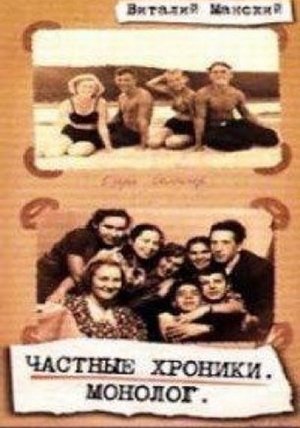 0.0
0.0Private Chronicles: Monologue(ru)
The collective life of the generation born as Jurij Gagarin became the first man in space. Vitaly Mansky has woven together a fictional biography – taken from over 5.000 hours of film material, and 20.000 still pictures made for home use. A moving document of the fictional, but nonetheless true life of the generation who grew up in this time of huge change and upheaval.
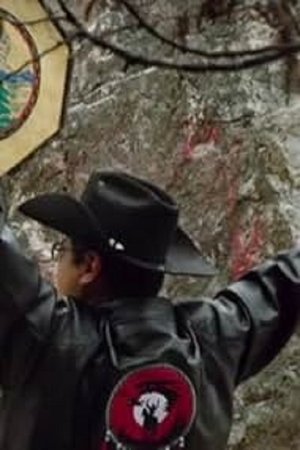 0.0
0.0The Spirit of the Tsilqot'in People is Hovering over the Supreme Court(en)
The Tŝilhqot’in Nation is represented by six communities in the stunningly beautiful interior of British Columbia. Surrounded by mountains and rivers, the Tŝilhqot’in People have cared for this territory for millennia. With increasing external pressures from natural-resource extraction companies, the communities mobilized in the early 21st century to assert their rightful title to their lands. Following a decision by the Supreme Court of British Columbia in 2007 that only partially acknowledged their claim, the Tŝilhqot’in Nation’s plight was heard in the Supreme Court of Canada. In a historic decision in 2014, the country’s highest court ruled what the Tŝilhqot’in have long asserted: that they alone have full title to their homelands.
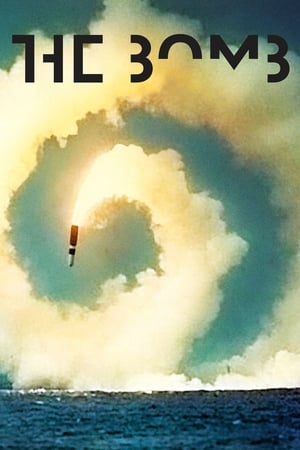 7.0
7.0The Bomb(en)
Filmmakers use archival footage and animation to explore the culture surrounding nuclear weapons, the fascination they inspire and the perverse appeal they still exert.
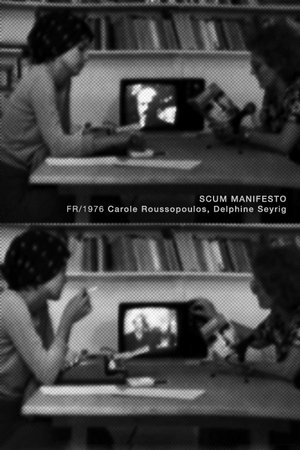 5.3
5.3Scum Manifesto(fr)
Delphine Seyrig reads passages from a Valerie Solanas’s SCUM manifesto.
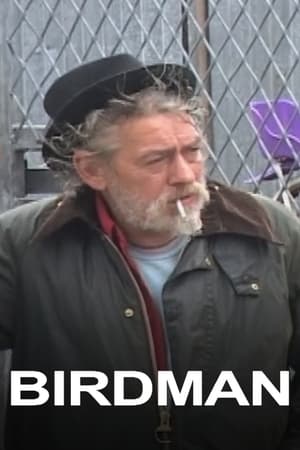 3.4
3.4Birdman(en)
A portrait of Robert, a troubled but poetic soul struggling with his purgatorial existence in a hackney scrapyard.
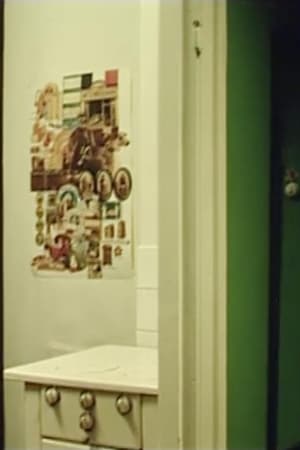 0.0
0.0Swedish Rooms(sv)
Three Swedish living rooms, under three different stages of life.
 0.0
0.0Contágio(pt)
Several Portuguese creators occupy the director's chair in this collective short film shot during the COVID-19 pandemic shutdown in an unfolding of personal perspectives.
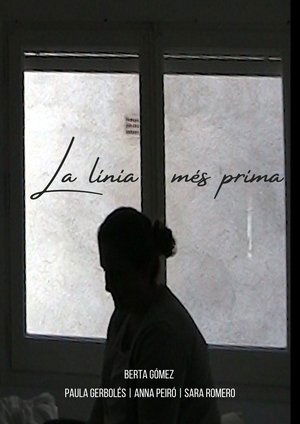 0.0
0.0The Thinnest Line(ca)
A fist-person story of the director of the documentary, who talks about the loneliness that entails living with an eating disorder and her vision now thar she is entering into adulthood.
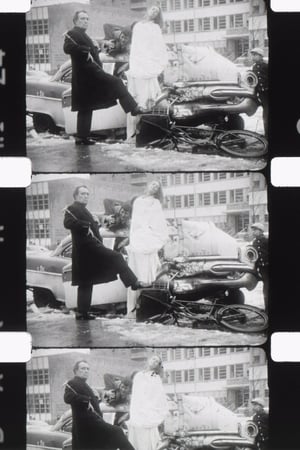 5.0
5.0Salvador Dalí at Work(en)
Filmmaker Jonas Mekas follows the surrealist artist around the streets of New York documenting staged public art events.
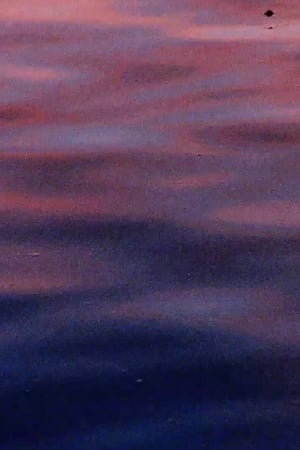 4.0
4.0Color-Blind(fr)
A synaesthetic portrait made between French Polynesia and Brittany, Color-blind follows the restless ghost of Gauguin in excavating the colonial legacy of a post-postcolonial present.
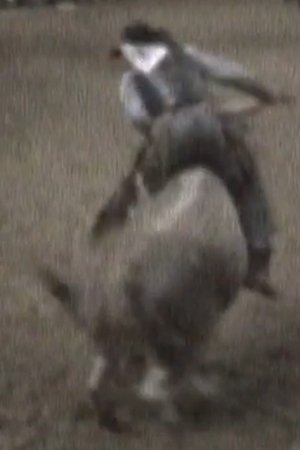 0.0
0.0Second Place(en)
One of several Kevin Jerome Everson pieces regarding African-American rodeo riders, SECOND PLACE brings us inside the big show. The jerkily pixilated view of a bucking bull offers an aesthetic equivalent of the cowboy's wild ride while the film's silence lends an unexpected repose to the contest. Whether anticipating a bull's blasting out of the gate or watching an old hand stretch out his back, Everson's camera is ever-attentive to the action at the edge of the frame. - Max Goldberg
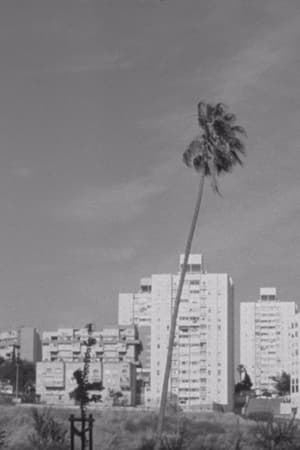 0.0
0.0Thirteen Ways of Looking at a Blackbird(pt)
Taking its title from the poem by Wallace Stevens, the film is composed of a series of attempts at looking and being looked at. Beginning as a city state commission under the name and attitude of “Unschool”, the film became a kaleidoscope of the experiences, questions and wonders of a couple of high school students after a year of experiences with filmmaker Ana Vaz questioning what cinema can be. Here, the camera becomes an instrument of inquiry, a pencil, a song.
Clouds(en)
Clouds 1969 by the British filmmaker Peter Gidal is a film comprised of ten minutes of looped footage of the sky, shot with a handheld camera using a zoom to achieve close-up images. Aside from the amorphous shapes of the clouds, the only forms to appear in the film are an aeroplane flying overhead and the side of a building, and these only as fleeting glimpses. The formless image of the sky and the repetition of the footage on a loop prevent any clear narrative development within the film. The minimal soundtrack consists of a sustained oscillating sine wave, consistently audible throughout the film without progression or climax. The work is shown as a projection and was not produced in an edition. The subject of the film can be said to be the material qualities of film itself: the grain, the light, the shadow and inconsistencies in the print.
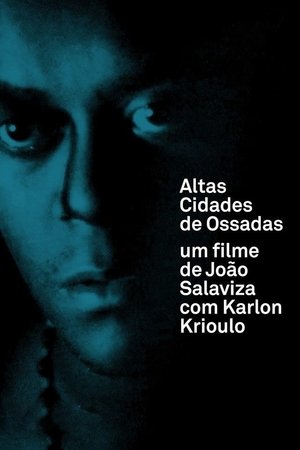 6.3
6.3High Cities of Bone(pt)
Karlon, born in Pedreira dos Húngaros (a slum in the outskirts of Lisbon) and a pioneer of Cape Verdean creole rap, runs away from the housing project to which he had been relocated.
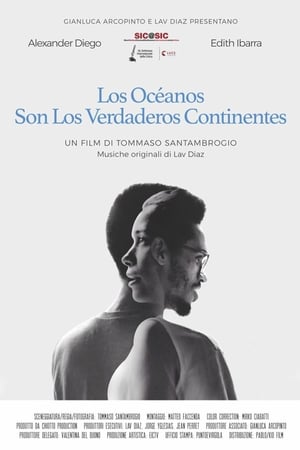 7.2
7.2The Oceans Are the Real Continents(es)
Having Cuba as a background, decadent and in crisis, in a black-and-white lacerated by the Caraibic swinging rain, Alex and Edith, a couple in their 30s, live their love story made of small daily gestures, stories from the past, nostalgia, and a deep intimacy.
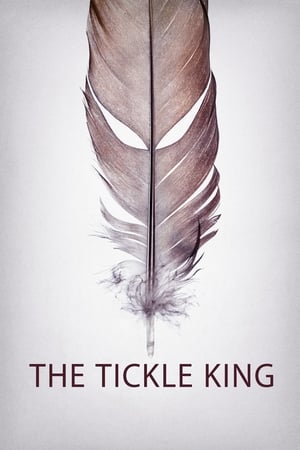 6.9
6.9The Tickle King(en)
Featuring new, previously unseen footage documenting the bizarre and unsettling things that happened to filmmakers David Farrier and Dylan Reeve as Tickled premiered at film festivals and theaters in 2016. Lawsuits, private investigators, disrupted screenings and surprise appearances are just part of what they encounter along the way. Amidst new threats, the duo begins to answer questions that remained once the credits rolled on Tickled, including whether the disturbing behavior they uncovered will ever come to an end.




